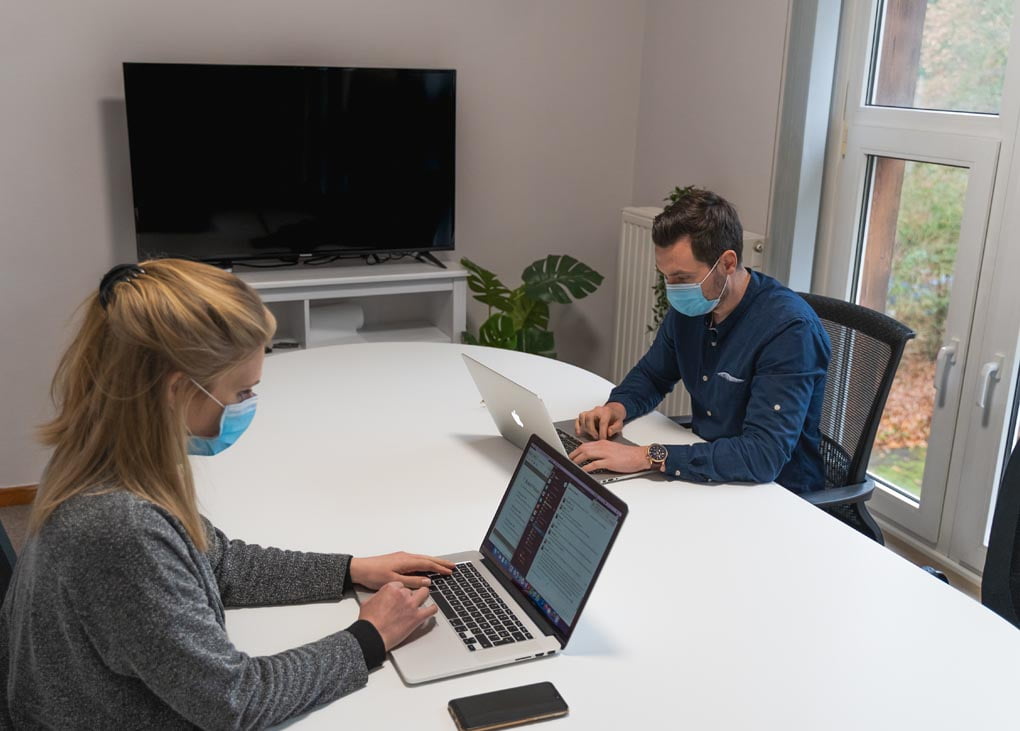Safe Work Australia has updated its guidance on improving ventilation in indoor workspaces to minimise the risks of COVID-19, including information about modifying HVAC systems.
The information is a key resource for employers, who have a duty under the model Work Health and Safety laws to minimise the risks of COVID-19 in the workplace so far as is reasonably practicable. For this reason, it is highly likely that the information in the Safe Work Australia guidance will influence the work that HVAC contractors are asked to do by property owners and managers.
The advice is based on the World Health Organization Roadmap to improve and ensure good indoor ventilation in the context of COVID-19. This roadmap defines the key questions to consider when assessing whether indoor ventilation is adequate. The Safe Work Australia information page also refers to the British Occupational Hygiene Society ventilation tool, and the US Centers for Disease Control and Prevention’s guide to ventilation in buildings.
For workplaces that use mechanical ventilation, Safe Work Australia recommends steps such as increasing outdoor air intake and eliminating recirculation, increasing total airflow to occupied spaces, turning off demand-controlled ventilation, and running fans continuously, even when heating or cooling is not required.
There is also advice on improving filtration, using and maintaining window, restroom and kitchen exhaust fans, and using air purifiers or cleaners with HEPA filters.
The guidance materials include a note of warning for building owners and managers considering changes.
“Building mechanical ventilation systems can be complex, and adjustments should be made by people familiar with the operation of your building’s systems,” reads the advice. “You may need to consult with a mechanical or ventilation engineer, your building owner and/or facilities manager to adjust your systems to help minimise the risks of COVID-19.”
There is also information on the risks of restarting HVAC systems that have been shut down, including the risk of Legionella.
Given that the advice will be read and acted on by employers, HVAC&R practitioners may want to review the Safe Work Australia advice to better understand what some clients may be requesting.
Note that the advice is based on materials from the US and UK, the measures may not apply to all Australian settings. Nor does the advice refer directly to Australian Standard AS/NZS 1668 and its requirements – the reference point for appropriate ventilation in Australia.
HVAC&R practitioners may also need to highlight to clients the energy use impacts of many of the recommendations around operation or modification of HVAC systems, as this is not mentioned in the Safe Work Australia advice. Finally, there could be maintenance impacts too.
To read the advice, click here.
 Mark Vender
Mark Vender


Leave a Reply to Peter Small Cancel reply